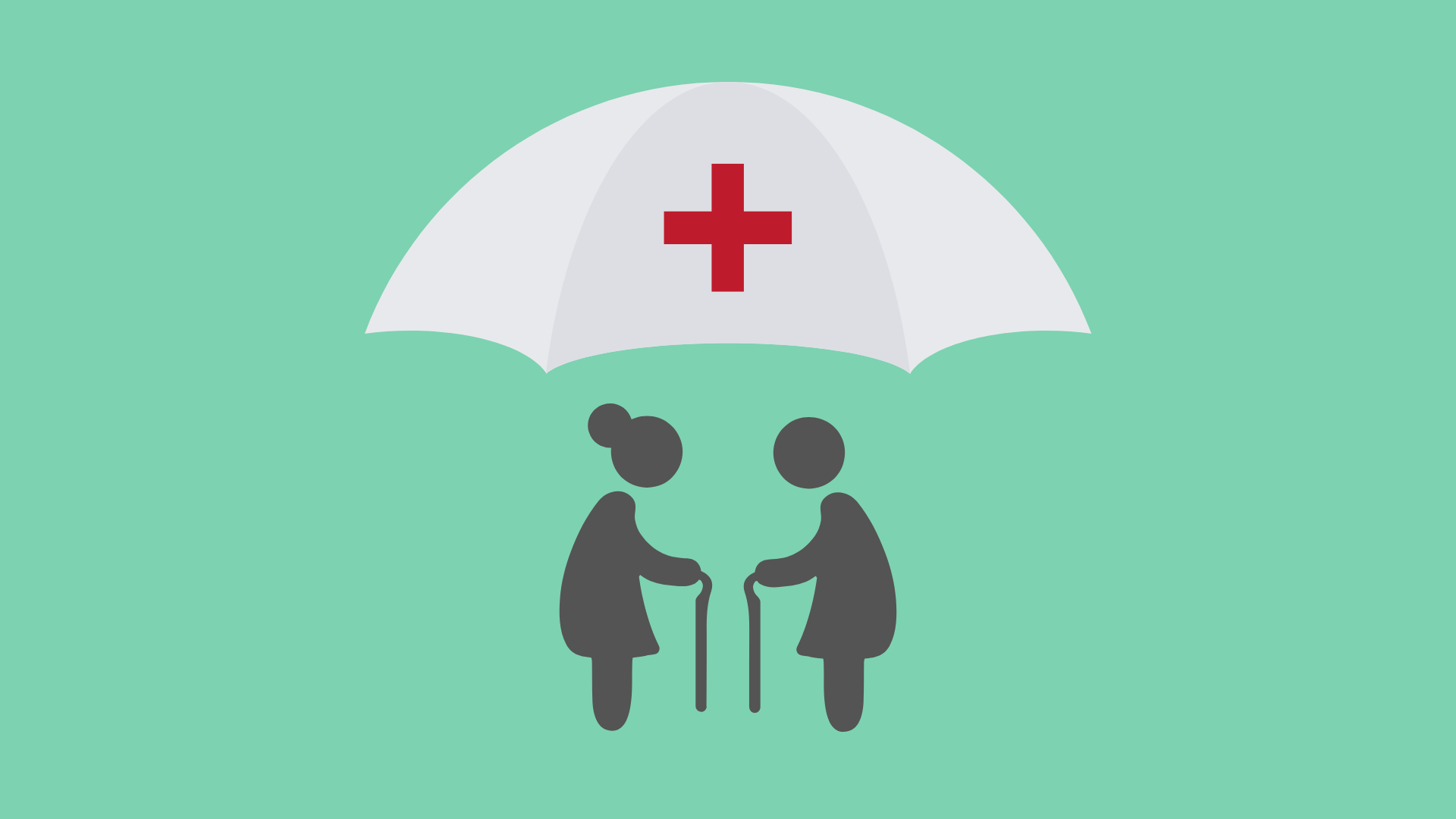Professional Support from a Health Insurance Agent Houston Family Members Rely Upon
Professional Support from a Health Insurance Agent Houston Family Members Rely Upon
Blog Article
Recognizing the Fundamentals: A Comprehensive Overview to Medical Insurance Options
In today's facility medical care landscape, navigating the myriad medical insurance choices can be daunting. A clear understanding of the various kinds of strategies-- such as HMO, PPO, EPO, and POS-- along with essential economic terms like premiums, copayments, and deductibles, is crucial for making informed decisions - Health insurance agency in Houston. But exactly how do these parts interact to form your medical care experience and financial well-being? This overview aims to debunk the complex world of health and wellness insurance, furnishing you with the understanding to pick a strategy that aligns with your personal healthcare demands and financial goals.
Kinds of Health Insurance Policy Plans
When browsing the facility landscape of healthcare coverage, recognizing the different kinds of medical insurance strategies is crucial. Largely, health and wellness insurance strategies can be classified right into four main kinds: Health care Organization (HMO), Preferred Provider Organization (PPO), Exclusive Provider Organization (EPO), and Factor of Solution (POS) strategies. Each type uses unique attributes and advantages, customized to satisfy varied medical care demands.
HMO plans need members to select a medical care medical professional (PCP) and obtain referrals from the PCP to see experts. This model emphasizes preventive care and usually restricts protection to a network of carriers, which assists to control prices. Alternatively, PPO strategies supply higher flexibility, enabling participants to see any health care provider without a recommendation, though they incentivize using network suppliers through reduced expenses.
EPO strategies combine aspects of HMO and PPO plans, offering reduced expenses however requiring participants to make use of a details service provider network without needing referrals. health insurance houston. POS plans incorporate attributes of HMOs and PPOs, demanding a PCP and referrals while permitting out-of-network care at greater out-of-pocket costs. Recognizing these differences is crucial for picking a plan that lines up with private healthcare preferences and requirements
Comprehending Costs and costs
Browsing the intricacies of medical insurance costs and prices can really feel frustrating in the beginning, however gaining a clear understanding is important for making notified decisions. Medical insurance costs are the routine payments made to preserve coverage, normally billed regular monthly. Costs differ based on factors such as the individual's age, location, and kind of plan selected. It's essential to bear in mind that a reduced premium might not always correspond to reduce total expenses, as these plans may have higher deductibles and out-of-pocket expenditures.
The insurance deductible is the quantity you pay prior to the insurance begins covering your clinical expenditures. Plans with higher deductibles typically have lower costs.
Understanding these costs can help you estimate your possible health care costs and choose a strategy straightening with your budget and healthcare needs. Reviewing expenses versus protection will certainly allow you to pick a plan that provides the most worth and protection.
Insurance Coverage and Conveniences Explained
Although recognizing the breadth of protection and benefits is vital in picking the appropriate wellness insurance strategy, the specifics can often be intricate. Medical insurance coverage commonly includes essential wellness benefits such as hospitalization, outpatient treatment, emergency situation services, maternal and newborn care, psychological wellness solutions, and prescription medications. Additionally, preventive solutions like inoculations and testings are usually covered without a co-payment, as mandated Visit Your URL by the Affordable Care Substitute compliant strategies.
Each strategy might differ significantly in terms of coverage degrees and exclusions. It is important to scrutinize the Summary of Advantages and Coverage (SBC) paper, which outlines covered solutions, cost-sharing duties, and any type of exceptions or limitations. As an example, some plans may cover different treatments such as chiropractic treatment, while others do not.

Meticulously examining the level of insurance coverage and advantages makes sure that the selected plan aligns with individual health and wellness demands and financial conditions, offering necessary protection and tranquility of mind.
Navigating Supplier Networks
In the world of health insurance coverage, recognizing provider networks is important for making sure accessibility to recommended medical solutions and managing expenses successfully. Supplier networks are a collection of health care specialists, facilities, and solutions that have actually partnered with insurance coverage firms to provide clinical treatment to insured individuals.
The type of service provider network in a health and wellness strategy dramatically influences patient out-of-pocket expenses and access to care. Common network types consist of Wellness Maintenance Organizations (HMOs), Preferred Provider Organizations (PPOs), and Exclusive Company Organizations (EPOs)
To browse efficiently, it is important to review each plan's network information, making certain favored service providers and centers are included, and consider how network restrictions align next page with individual health care needs.

Trick Terms and Meanings
Comprehending vital terms and definitions in health and wellness insurance coverage is essential for making educated decisions concerning coverage choices. Knowledge with these terms can help individuals understand their policy files, contrast strategies successfully, and expect possible prices.
" Copayment" or "copay" is the set fee paid by the insured person for details solutions, such as physician visits or prescriptions. In addition, "coinsurance" describes the percentage of expenses that the insured have to pay after satisfying the deductible. Understanding the "out-of-pocket maximum" is Get the facts likewise essential; it stands for the most an individual will certainly pay in a plan duration, after which the insurance company covers 100% of allowable prices.
Furthermore, terms like "network" refer to the group of medical care service providers got with an insurance provider to provide solutions at lowered rates. The "Explanation of Perks" (EOB) is a file sent out by insurance firms outlining what was covered, what the patient owes, and why. Mastering these terms help in browsing medical insurance landscapes effectively.

Conclusion
An extensive understanding of medical insurance principles is important for making educated health care decisions. Experience with different plan types, such as HMO, PPO, EPO, and POS, along with essential terms like costs, deductibles, copayments, and coinsurance, makes it possible for individuals to review potential expenditures efficiently. By straightening medical care preferences with the suitable plan, sufficient coverage and economic safety can be ensured. Navigating company networks and understanding coverage and benefits better improve the ability to select an optimum medical insurance strategy.
When navigating the complicated landscape of health care coverage, understanding the different types of health insurance policy strategies is vital. Primarily, health insurance policy strategies can be categorized into four primary kinds: Health Maintenance Company (HMO), Preferred Company Company (PPO), Exclusive Supplier Company (EPO), and Factor of Solution (POS) plans.EPO strategies merge components of HMO and PPO strategies, offering reduced expenses but requiring participants to utilize a certain supplier network without requiring references.Although comprehending the breadth of coverage and advantages is vital in picking the appropriate health insurance policy strategy, the specifics can typically be intricate. Browsing company networks and understanding coverage and benefits additionally boost the capacity to choose an optimal health and wellness insurance policy strategy.
Report this page